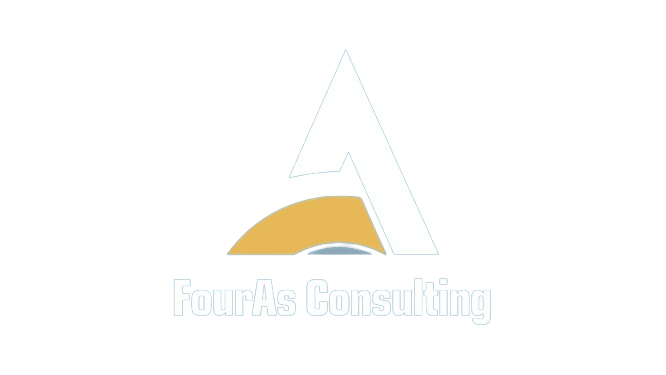By tracking the movement of these prices through the money move assertion, stakeholders can assess how efficiently a business is managing its resources and stock turnover. Uncooked supplies are a fundamental part of inventoriable prices, representing the preliminary inputs required for the manufacturing process and influencing stock valuation and provide chain management. The technique an organization uses to value its stock can considerably influence its monetary statements and tax liabilities. There are several inventory valuation methods, each with its personal set of benefits and implications. The mostly used methods are First-In, First-Out (FIFO), Last-In, First-Out (LIFO), and Weighted Average Value.
Freight-in refers to the price of transporting items and uncooked supplies from the provider to the producer. Management needs to familiarize themselves with common inventoriable cost phrases to ensure they fill out financial statements correctly. On the other hand, a enterprise will incur period prices whether it manufactures a product or not. That Means that you’d additionally want to compute the inventoriable value or product cost per unit.
Inventory Valuation And The Steadiness Sheet
ERP systems act as a central nervous system, connecting various departments and capabilities, from finance and accounting to manufacturing and supply chain administration. Each inside and exterior auditors can provide valuable insights and recommendations for enhancing stock management processes.Their work helps to make sure the integrity of financial reporting. Fastened manufacturing overhead is treated as a interval expense and is expensed in the interval incurred, whatever the number of models produced. In contrast to absorption costing, variable costing, also called direct costing, only considers variable manufacturing costs as inventoriable. Generally, marketing and sales prices are not recognized as Inventoriable Costs, they are usually seen as interval prices and are expensed in the period they’re incurred. Direct labor costs embody the compensation paid to employees who are directly engaged in the manufacturing or manufacturing process.
What Are Direct Materials?
Inventoriable prices refer to all the costs related to producing goods or companies that are meant on the market. These prices usually embody direct supplies, direct labor, and manufacturing overheads. Understanding the distinction between inventoriable costs and interval costs is essential for effective cost administration and financial reporting.
To break even and make profits, a single unit/laptop should be bought for a price that is higher than $250. Once the product is bought to retailers, it’s recorded as COGS on the income statement. These prices embrace everything essential to get gadgets into stock and ready on the market. For instance, this could embrace raw materials, labour, manufacturing overhead, freight-in, sure administrative prices and storage.
The weighted average inventory costing technique, additionally known as the common price inventory methodology, is probably considered one of the GAAP-compliant approaches corporations use to worth their business inventory. This method calculates the per-unit cost utilizing a weighted average for the value of goods bought and the stock. Proper inventory management within a supply chain helps scale back the entire stock prices and assists in determining how much product an organization ought to carry. All this info helps companies decide the wanted margins to assign to each product or product kind. Stock costing, additionally known as inventory price accounting, is when firms assign costs to products. These costs also embrace incidental fees corresponding to storage, administration what is inventoriable cost and market fluctuation.
- Absorption costing assigns fastened overhead prices to units produced, providing a more complete view of whole bills.
- These prices embody every little thing necessary to get objects into stock and ready for sale.
- Obsolete inventory, also called slow-moving or dead stock, is stock that’s no longer saleable or usable.
These costs are thought-about a half of the inventory valuation until the ultimate products are sold. Manufacturing Facility overhead also encompasses bills like machinery upkeep, manufacturing facility provides, and high quality control activities. In the world of finance, understanding inventoriable prices is crucial for businesses to effectively manage their financial statements and stock. Explore the essential elements and financial implications of inventoriable costs, and understand their influence on financial statements and stock valuation. Inventoriable cost is the entire direct expense incurred by a firm in manufacturing or producing items or merchandise.
Inventoriable costs, in accordance with US GAAP, embody all expenses immediately associated to acquiring or producing stock. These usually embrace direct supplies (raw materials), direct labor (wages for production workers), and factory overhead (rent, utilities, depreciation of manufacturing facility equipment). Inventoriable costs represent the bedrock of sound financial management in any organization involved in the acquisition or production of products. These costs, directly linked to creating inventory, are not merely accounting entries.
These prices play a significant role in the financial health of a company as they symbolize the essential expenditures required to create a product. By capturing costs like direct materials, direct labor, and manufacturing overhead incurred during the production process, companies can determine the true cost of their inventory. For companies, managing costs effectively is essential to sustaining profitability and ensuring correct monetary reporting. One significant facet of this administration involves understanding inventoriable costs—expenses instantly tied to the production https://www.adprun.net/ or acquisition of goods for sale.
It permits accountants to monitor the revenues towards the COGS within the revenue statement, which eventually find yourself within the company’s monetary statements as net earnings. Since absorption costing includes allocating fixed manufacturing overhead to the product price, it isn’t helpful for product decision-making. Absorption costing supplies a poor valuation of the particular cost of manufacturing a product. Subsequently, variable costing is used as a substitute to help management make product decisions. They are basic to understanding profitability, determining tax obligations, and making informed strategic choices.
